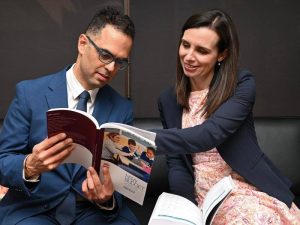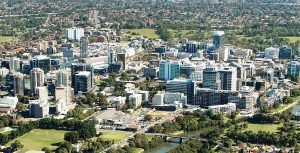Politics
Insight into NSW budget 2023

The NSW budget 2023 highlights achievements for workers and acknowledges the financial burden on coal companies as the government aims to improve the state’s financial situation.
Treasurer Daniel Mookhey’s inaugural budget, following Labours victory in the NSW election this year focuses on funding for public services while making cuts to previous government initiatives.
Let’s look at who benefits and who faces challenges in this year’s NSW budget.
House and Infrastructure Plan
At the core of the budget is a $2.2 billion Housing and Infrastructure Plan, which reflects the government’s commitment to addressing the housing crisis in NSW.
Treasurer Daniel Mookhey emphasised that housing affordability and availability remain pressing concerns for residents of NSW.
In his budget speech he stated, “NSW is in the midst of a fierce housing crisis. Rents are rising. Interest rates are climbing. Home ownership rates are falling,” Mookhey said in his budget speech”.
“Demand for social housing is increasing. Homelessness is worsening.
“The next generation fears permanent eviction from safe and secure housing.”
The government has introduced a $2.2 billion plan to build the foundations of a better living environment for NSW residents.
The $2.2 billion Housing and Infrastructure Plan includes:
$1.5 billion to build infrastructure such as roads, parks, hospitals and schools to support the construction of new homes across Sydney, the Lower Hunter, Central Coast and the Illawarra
$400 million reserved in Restart NSW for the new Housing Infrastructure Fund, to deliver infrastructure that will increase housing supply across NSW
$300 million for Landcom to accelerate the construction of thousands of new homes, with 30 per cent affordable housing
The $1.5 billion is to create practical infrastructure around housing developments.
That $400 million Housing Infrastructure Fund is financed from money left over after more than 700 Restart NSW projects were finished.
“Many of those dollars have been idling in the government’s bank accounts for years,” Mookhey said.
In essence, $1.9 billion will go towards ensuring new housing developments across the state have the infrastructure to support residents.
From new city lights, sewage, footpaths, schools, and parks, the treasurer said the funding aims to create comprehensive developments with holistic infrastructure to accommodate the housing crisis.
“You can’t get to the keys to your house if you can’t get the road to your driveway,” Mookhey said.
The $300 million for publicly owned agency Landcom is the government relocating existing funds into a practical source to fast-track the construction of new homes.
It will use “reinvested dividends” to deliver 1409 affordable homes and 3288 market homes by 2039 to 2040.
“30% of the new housing will be for affordable housing, targeting infill sites and government land for development,” budget documents said.
Landcom has “featured heavily in our housing past”, Mookhey said, and it needs to “feature prominently in our housing future too”.
The $300 million is in addition to the $60 million already set aside for Landcom to pilot publicly owned build-to-rent projects in the NSW Northern Rivers and Illawarra-Shoalhaven regions.
Teachers
Teachers are set to be the highest-paid workers in Australia with a “historic” 12% pay rise agreed on by the government following an ongoing dispute between unions and politicians.
The entry-level pay will now be $85,000 for teachers compared to $75,791 previously.
The government also plans to convert 10,000 teachers and 6000 administrative staff to permanent positions, all of whom have accepted the job offers.
There’s also a $20 million boost to the Innovative Teacher Training Fund to “attract the best teachers”.
Healthcare workers
The NSW government is investing a whopping $2.5 billion in supporting healthcare workers.
There’s funding to recruit an additional 1200 nurses and the government will making temporary nurse and midwife positions permanent.
There’s also funding for 500 new rural and regional paramedics.
A 4.5% pay increase for health care workers has been promised too.
New students studying healthcare will be capped at 12k over five years to study and join the profession.
They will also receive scholarships of $4000 per year while existing students will receive one-off payments of $8000.
Parents
Parents of three to five-year-olds are in for a small win with the government trialling a $500-a-year preschool fee relief in long day care.
The budget is also keeping fee relief of $4220 per year for parents and carers of three to five-year-olds in community and mobile preschools.
And there’s $2110 in fee relief for children aged four years and older attending preschool in long day care centres.
The government is fast-tracking 100 new preschools on public school sites.
There are also going to be new primary schools built in the Carter Street precinct, Gables, Nirimba Fields, Tallawong, Westmead South, Gregory Hills and Melonba.
New high schools will be built in Melrose Park, Schofields-Tallawong, Jordan Springs, Leppington, Gledswood Hills/Gregory Hills, Melonba, Edmondson Park and Wentworth Point.
The budget also puts aside funding for upgrades to primary schools and high schools across Western Sydney.
Hospital patients
As hospitals have faced consistent pressures since the COVID-19 pandemic and patients see extended wait times, the government is promising more beds and upgrades to the health system.
There’s funding for 600 more beds in Western Sydney hospitals.
Blacktown and Mount Druitt Hospital will have their bed capacity increased.
Royal Prince Alfred Hospital, Canterbury Hospital and Fairfield Hospital will also be upgraded.
For residents in Rouse Hill, there’s good news for more infrastructure with a new hospital development.
For regional and rural hospital goers, free parking at public hospitals will also be continuing for patients, staff and visitors.
Western Sydney budget
The $60 toll cap the government promised in the election will start from January 1, 2024 to assist more than 700,000 motorists.
There’s also a 33% reduction in the truck toll multiplier on the M5 East and M8.
A two-year trial to reduce the truck toll multiplier is designed to encourage more trucks to use the motorway network and “help address the heavy vehicle traffic that has choked roads and hampered businesses near these toll routes”.
Fine revenues revised
It’s good news if you’re a speeding driver in NSW – although it’s not recommended – as fine revenue has been revised down by $226.2 million over the four years to 2026-27.
Why? Well, the government expects the number of mobile speed camera fines to decrease as warning signage is reintroduced.
Tourism and the arts
The government is also continuing to fund the state’s iconic festivals like Vivid, Mardi Gras and the Sydney Festival.
To encourage families to head to the cities museums, the government is introducing free general admission at the Australian Museum and Museums of History NSW.
Women and girls in grassroots sport
FIFA Women’s World Cup for the state, with $30 million put towards “supercharging” sports facilities for women and girls in grassroots sport.
There has also been $14.5 million put aside for the Football in Schools Program in Western Sydney and $3.7 million for Central Coast infrastructure.
Middle-income families
The Active Kids Vouchers and Creative Kids Vouchers will become a combined voucher of $50 twice per year and is means-tested instead of being available to everyone.
This means low-income families benefit from the vouchers, but middle-income families are scrapped from the benefits.
Drivers
Although there’s the $60 weekly toll cap win, the treasurer has taken a red pen through the previous government’s infrastructure projects.
The Great Western Highway Tunnel and the Northern Beaches Tunnel have been scrapped.
For anyone wanting the ease of technology for Sydney parking, consider the Park’nPay app unfunded and scrapped.
Electric vehicle tax breaks have also been cut.
Coal companies
Mookhey described the budget as finding extra cash under the sofa and coal companies are at the front of that as the government increases royalties for the first time in 10 years.
Now, royalties are expected to rake in $2.7 billion over four years.
Politics
Jobs boom beats expectations but weakness incoming
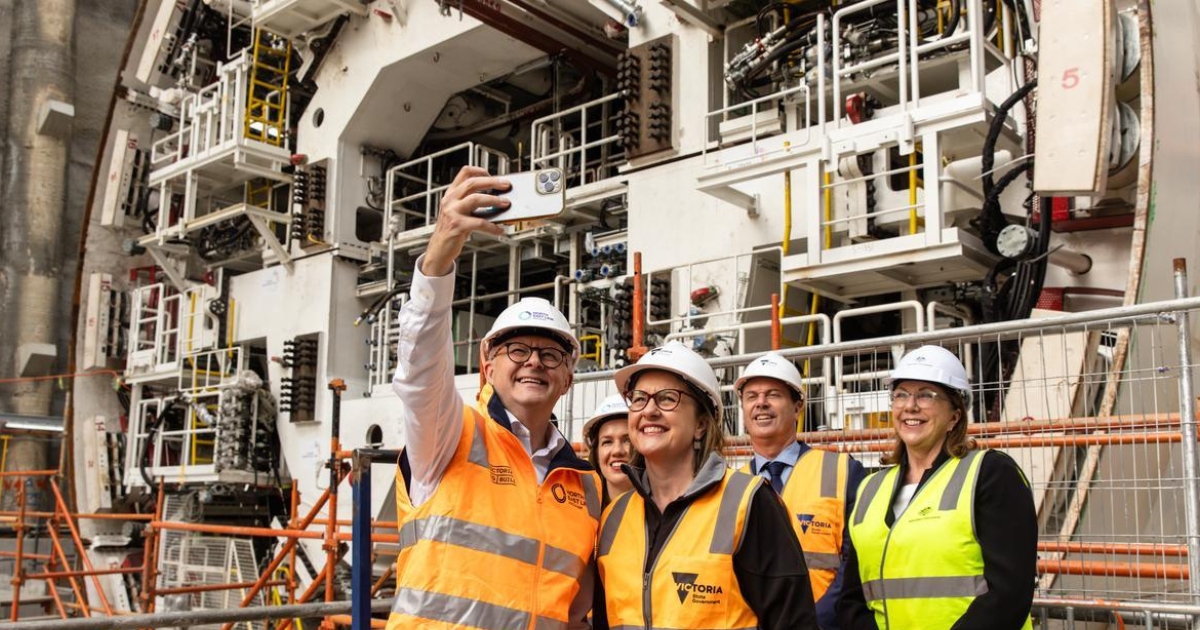
Stronger than Expected Hiring by Employers
Assuming economic activity is tapering, Australian employers have defied expectations with a stronger-than-expected hiring trend. Despite concerns, the labour market has shown resilience, surpassing government estimates.
Treasury’s Upgraded Employment Growth Expectations
Employers have upgraded expectations for employment growth in the coming year to a 2.25 per cent increase, a significant improvement from the initial 1.5 per cent projection. This reflects the ongoing resilience of the labour market despite economic tapering.
Another 150,000 jobs are expected to be created between now and mid-2025, indicating steady growth in employment. The government’s confidence in this growth is a positive sign for the job market moving forward.
Forecast for Job Growth and Unemployment Rate
Forecast suggests that while employment is expected to continue growing, the rate of growth may slow in line with a softening economy. With unemployment projected to tick up to 4.5 per cent by the June quarter of 2025, there are signs of potential challenges ahead for the job market. However, the initial data remains promising.
Outlook on future job growth and unemployment rates will depend on various factors, including economic trends, government policies, and global market conditions. It is crucial to monitor these developments closely to anticipate the future trajectory of the labour market.
Federal Budget Provisions for North East Link Project
Now, just days before the budget release, Prime Minister Anthony Albanese has confirmed a significant $3.25 billion allocation for Victoria’s North East Link road project. This funding commitment underscores the government’s focus on infrastructure development and job creation in key regions.
New Gas Policy and Support for Low Carbon Industries
To support Australia’s energy needs and boost key industries, the government has unveiled a new gas policy as part of the ‘Future Made in Australia’ industry policy. Minister Madeleine King emphasized the importance of gas in supporting manufacturing, food processing, and critical mineral refining to lower emissions and drive economic growth.
North, the gas strategy outlined in the budget aims to position gas as a crucial energy source beyond 2050, facilitating the transition to a more sustainable future while supporting key sectors of the economy.
Future Made in Australia Industry Policy
Policy, the ‘Future Made in Australia’ industry policy highlighted in the budget includes direct support for low carbon industries and businesses that serve the national interest. This strategic approach aims to boost innovation and sustainability across various sectors, driving long-term economic growth and job creation.
Provisions, under the ‘Future Made in Australia’ industry policy, will include targeted funding and incentives to promote green technologies, research, and development, aligning with the government’s vision for a more resilient and competitive Australian economy.
Resources Minister’s Remarks on Gas Strategy
While outlining the gas strategy, Resources Minister Madeleine King emphasized the crucial role of gas in supporting key industries and lowering emissions. The government’s focus on gas as an important energy source aligns with the goal of fostering economic growth and environmental sustainability.
Criticisms from Climate and Environmental Groups
You, climate and environmental groups have raised concerns about the government’s continued support for gas as an energy source through 2050. Despite acknowledging the role of gas in certain industries, critics argue for a stronger emphasis on renewable energy solutions to address climate change and reduce environmental impact.
Politics
‘Under the pump’: expenses help for battling families
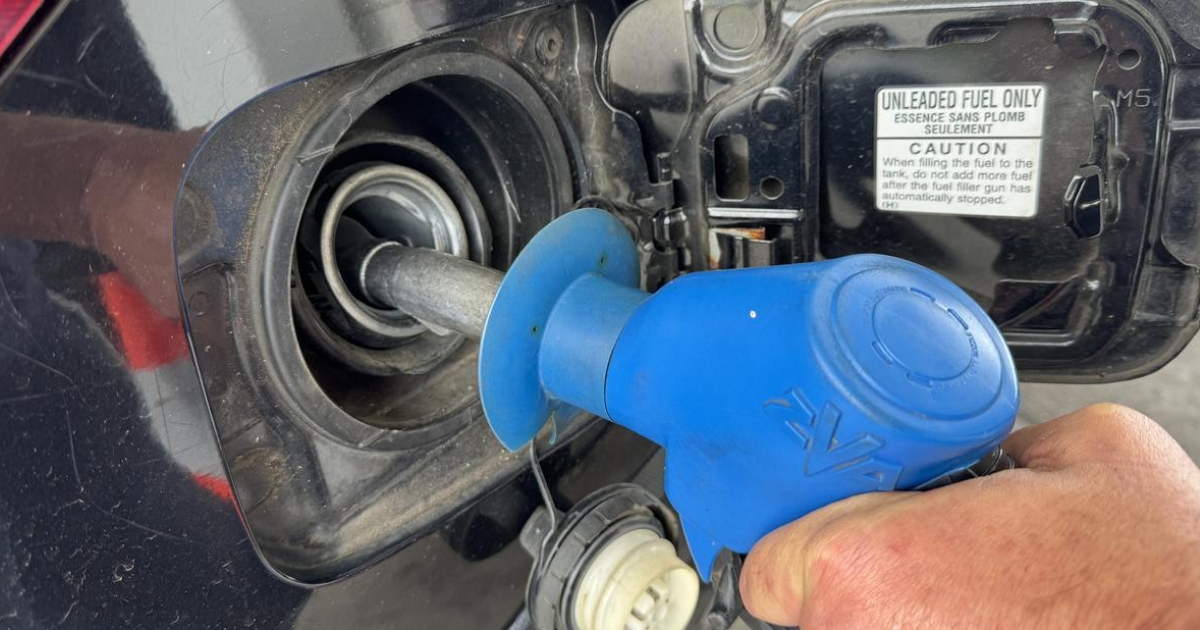
Many Australians doing it tough can expect extra cost-of-living support in the federal budget. The well-flagged tax cut relief under the reworked stage three package will be the primary source of cost-of-living help but Treasurer Jim Chalmers says there will be other sweet spots as well. “We know that people are under the pump,” he told reporters on Monday, acknowledging the toll of still-high consumer prices and elevated mortgage repayments. “That’s why a central focus of this budget in eight days time will be cost-of-living help for people primarily through the tax system, but not only through the tax system, and also making sure that we’re doing what we can to put downward pressure on inflation.”
Students are in line for more financial support, with $3 billion of student debt to be wiped and paid placements for those doing nursing and other relevant degrees. Following stronger-than-expected March quarter inflation, economists have been warning too much budget spending could keep pressure on consumer prices and delay interest rate cuts. Dr Chalmers says cost-of-living relief can be designed in a way that takes pressure off inflation, like its energy bill relief last year.
Yet subsidised energy bills free up extra money in household budgets to spend elsewhere, pushing up the price of other goods and services, leading economist and budget expert Chris Richardson said. The government should try to avoid “poking the inflationary bear” by proceeding cautiously with extra spending, he said. Dr Chalmers defended his government’s record on managing inflation in the budget, arguing its earlier cost-of-living measures had brought prices down and recommending caution when focusing solely on “the quantity or the magnitude of spending in the budget”.
“The quality of spending, the timing and sequencing of that spending matters, as well as the quantity of that spending,” he said when asked if the budget would be contractionary in the upcoming financial year – that is, taking more money out of the economy than is spent. Shadow treasurer Angus Taylor said he had no doubt the government would keep spending. “This is why we’re hearing economists from many quarters coming out and saying they’ve got to stop the spend-a-thon … that will take pressure off this homegrown inflation,” he told Sky News.
Higher tax revenues over the past few years because of high commodity prices and a strong economy are likely to come down over the next five-year forecasting period. Tax revenue is expected to be $25 billion higher over that time period than when Treasury last updated its forecasts in December. Labor will bank about 95 per cent of the additional revenue, it says. Mr Richardson is forecasting a larger $41 billion revenue upgrade. The economist says Treasury has an incentive to be conservative “to give the treasurer of the day a series of happy ‘surprises’ on the budget front”.
Yet he agreed that revenue surprises were shrinking in size. “This trend is not our friend”, he said.
Politics
China drops heavy tariffs against Australian winemakers
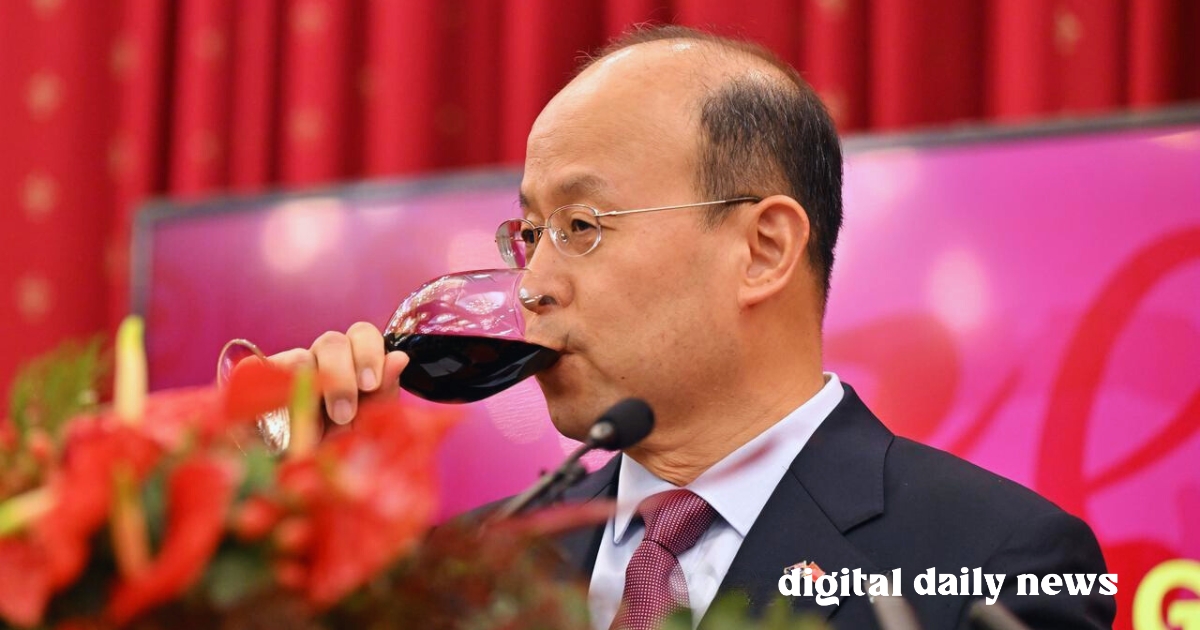
Most recently, China has abolished heavy tariffs against Australian wine, marking a significant step towards improved diplomatic relations and trade ties between the two nations. The Chinese government had agreed to review the wine tariffs five months ago and has gradually unwound the trade barriers since then. The Commerce Ministry in Beijing announced on Thursday that it was no longer necessary to impose anti-dumping duties and other levies on imports of Australian wine.
Prime Minister Anthony Albanese expressed his gratitude for this development, stating that the re-entry of Australian bottled wine into the Chinese market will benefit both Australian producers and Chinese consumers. The removal of these tariffs comes at a critical time for the Australian wine industry, which had faced difficulties exporting to China due to the imposed trade barriers.
In 2019, Australian wine exports to China were valued at $1.1 billion before the tariffs were implemented during the height of diplomatic tensions in 2020. The removal of these duties means that Australia will no longer pursue legal action against China at the World Trade Organisation, which had been initiated by the former coalition government.
While the Australian government’s approach is to cooperate with China when possible and engage in its national interest, some trade barriers still remain. Chinese tariffs are still in place for Australian rock lobster and beef, and in 2020, Beijing imposed trade sanctions worth $20 billion on a variety of Australian products, including coal and cotton. The tariffs on Australian wine specifically amounted to a hefty 220 per cent tax.
As South Australian Wine Industry Association president Kirsty Balnaves noted, the Chinese market has evolved since the imposition of tariffs. There is now stronger in-market competition for wine, increased choices for consumers at various price points, and a decline in alcohol consumption. Balnaves emphasized that South Australian exporters will need to invest time in assessing opportunities, creating awareness, educating consumers, and reintroducing their wines to the market.
Despite the remaining challenges, Prime Minister Albanese reaffirmed his government’s commitment to trade diversification and supporting Australian businesses in selling their products on the global stage. The removal of tariffs on Australian wine is seen as a positive step towards strengthening trade relations between Australia and China, and it is hoped that further trade impediments affecting Australian exports will be addressed in the future in the interests of both countries.
-
Business2 years ago
How to Earn Money Writing Blog Posts in 2023: A Comprehensive Guide
-
Games2 years ago
How does Dead Space Remake enhance the Horror Classic of 2008
-
Video2 years ago
Everything you need to know about Starfield
-
Health2 years ago
How is Yoga and Pilates Bridging the Gap Between your Mind and Body
-
World2 years ago
Swiss Pharma Powerhouse Acino Expands into Latin America with M8 Pharmaceuticals Acquisition
-
Health2 years ago
Migraine medications significantly improve the quality of life
-
Self Improvement2 years ago
Enhancing Relationships and Emotional Intelligence Through Mindfulness Meditation
-
Business2 years ago
How to Use LinkedIn to Build Your Professional Brand

